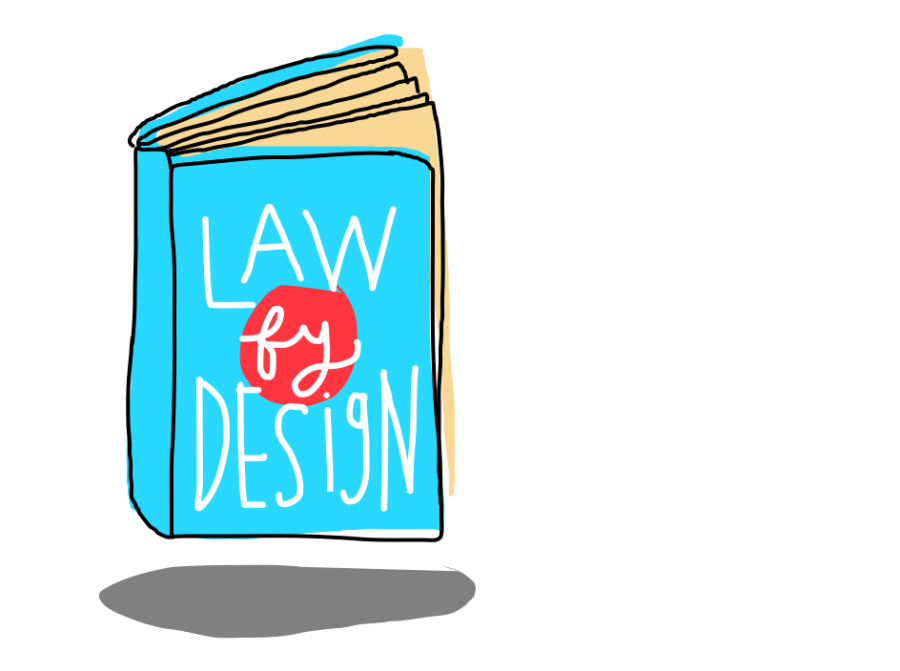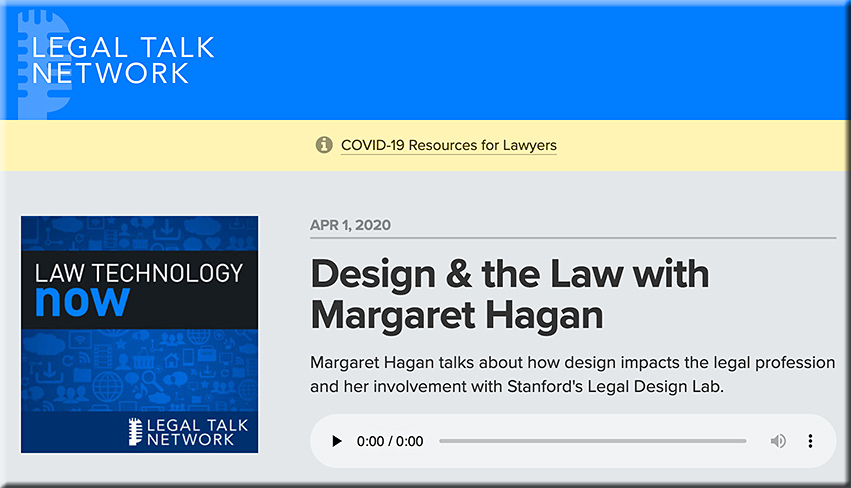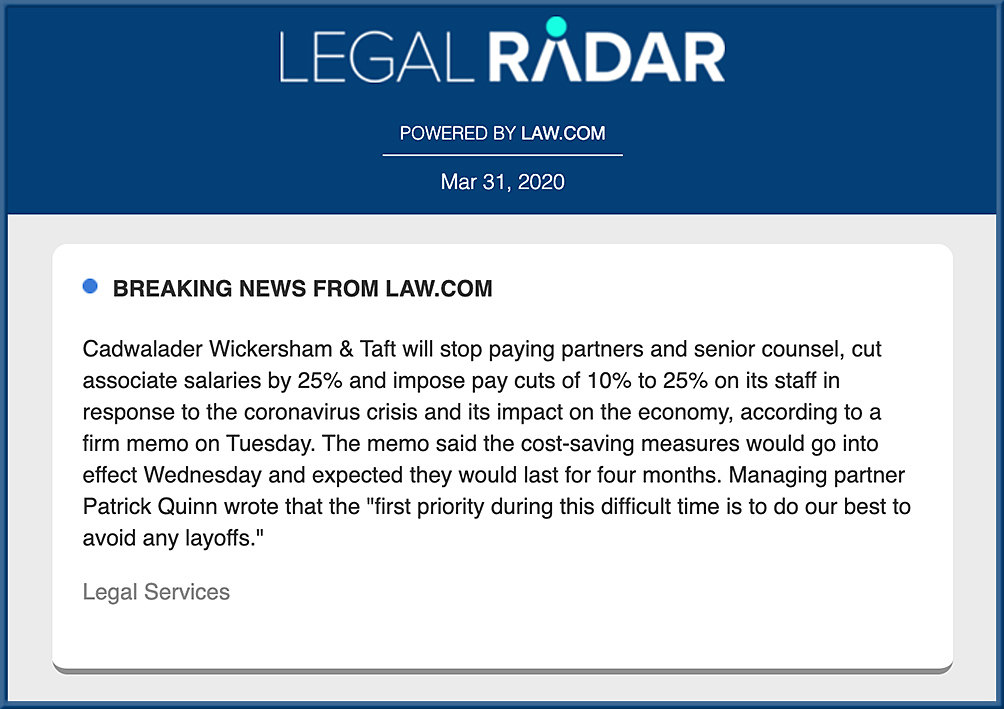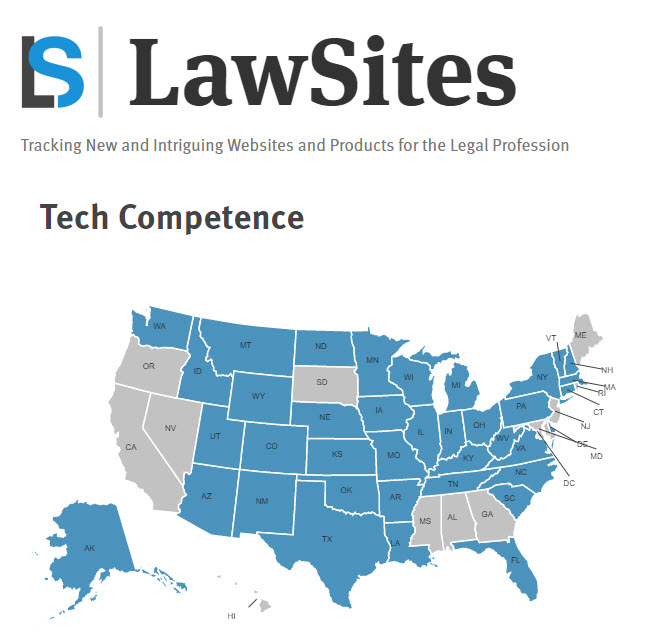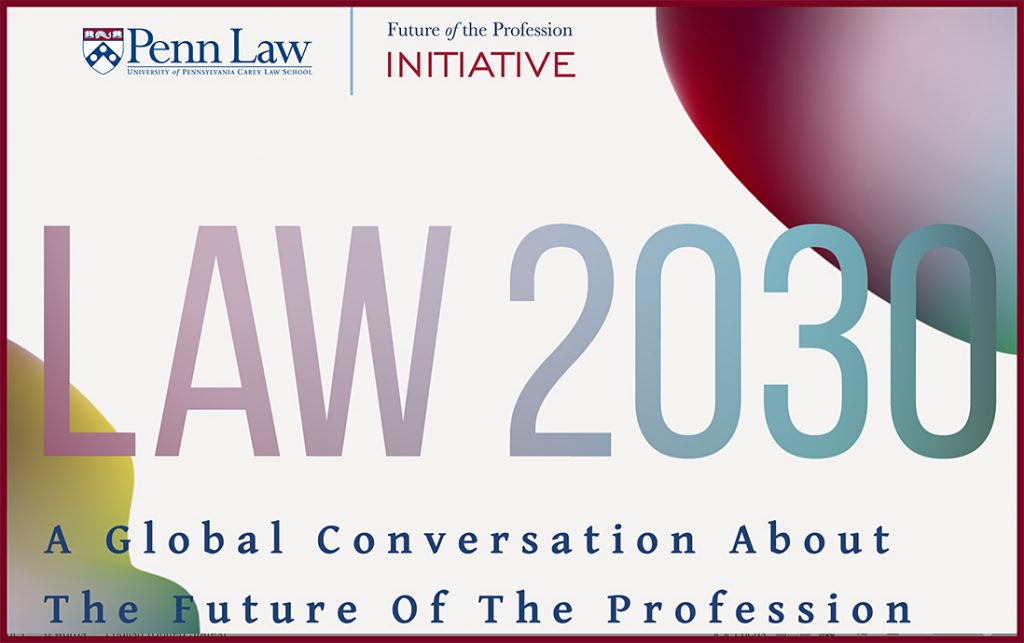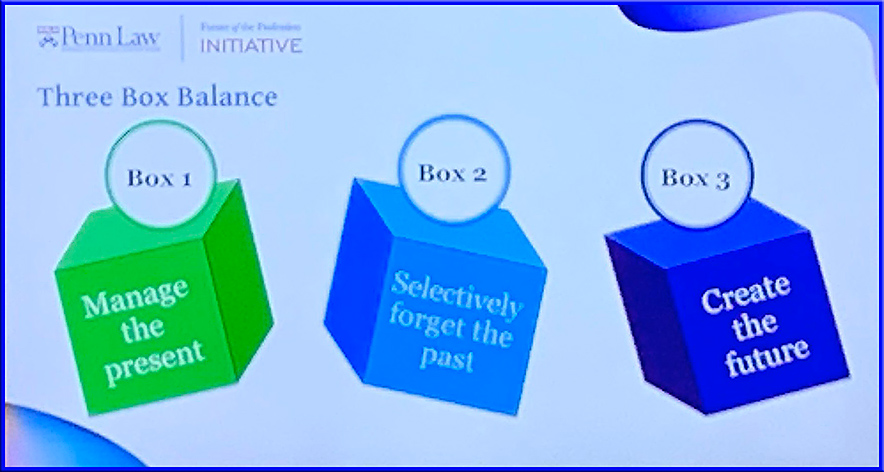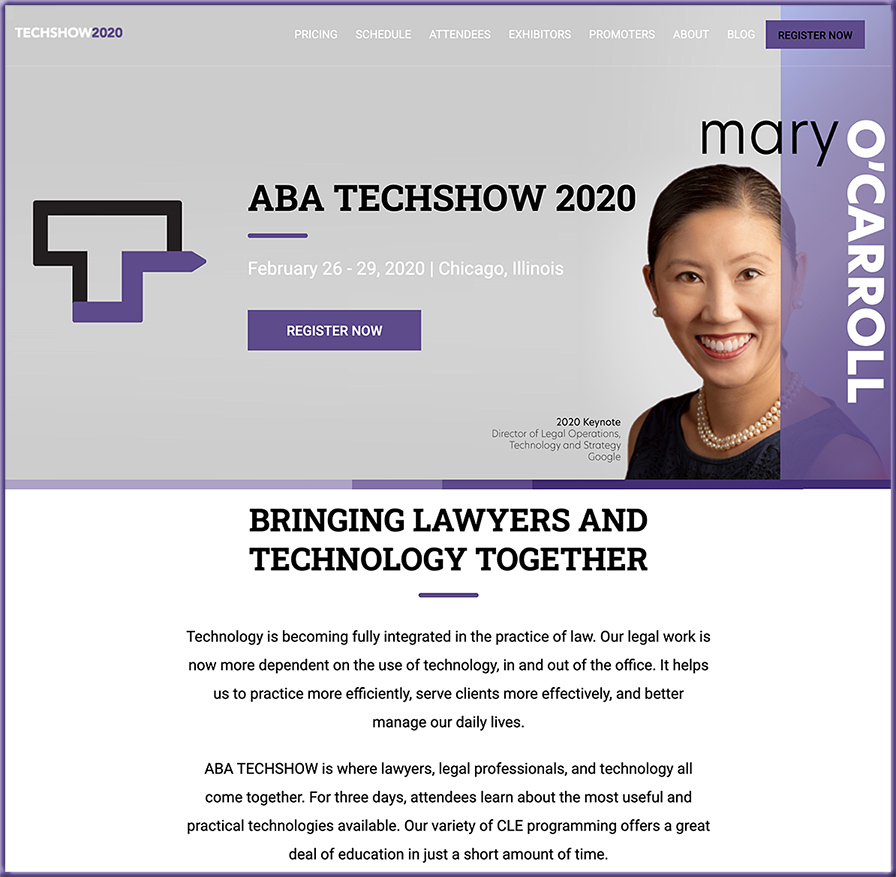DC: Hmmm…regarding #telelegal, I keep wondering how it will be impacted by what’s occurring with #telemedicine …?
“The FCC has developed/approved a $200 million program to fund telehealth services and devices for medical providers…”https://t.co/J8U858rXYU#legal
— Daniel Christian (@dchristian5) April 3, 2020
FCC enacts $200M telehealth initiative to ease COVID-19 burden on hospitals — from techcrunch.com by Devin Coldewey
Excerpt:
The FCC has developed and approved a $200 million program to fund telehealth services and devices for medical providers, just a week or so after the funding was announced. Hospitals and other health centers will be able to apply for up to $1 million to cover the cost of new devices, services and personnel.
The unprecedented $2 trillion CARES Act includes heavy spending on all kinds of things, from direct payments to out-of-work citizens to bailouts for airlines and other big businesses. Among the many, many funding items was a $200 million earmarked for the FCC with which it was instructed to improve and subsidize telehealth services around the country.
Also see:
#telehealth | #telemedicine | #telelegal









